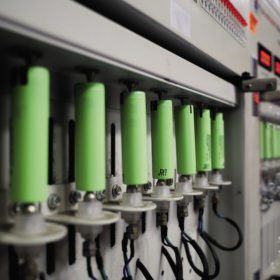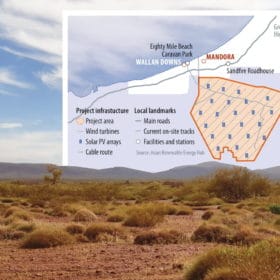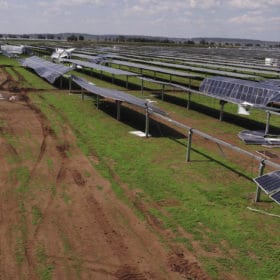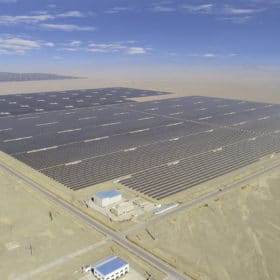Polysilicon from Xinjiang: a balanced view
As of March, the United States and Europe were considering sanctions on polysilicon from Xinjiang, China, due to concerns over forced labor. The U.S. government has already barred entry for all cotton products and tomatoes from the region. However, as BloombergNEF analyst Jenny Chase writes, there is no evidence that forced labor is used in polysilicon production in Xinjiang – in fact, the economics might point against it.
pv magazine test: February 2021 results
We are pleased to report on the next batch of energy yield results from the outdoor test field in Xi’an, China. We present the results for February 2021, with additional analysis from George Touloupas, director of technology and quality at CEA.
Battery testing builds certainty
Owners and operators of energy storage systems, as well as investors, need transparent ways to evaluate battery performance. They need certainty that the selected batteries for their ESS projects will perform reliably, have predictable life expectancies, and meet projected revenue and contractual obligations over their lifetimes. The economic viability of entire projects depend on this confidence, writes Michael Kleinberg of DNV.
10 GW is just the beginning
Giant PV and wind projects are taking shape in Australia’s north, with the aim of supplying Asia with the clean energy it needs for decades to come. The Asian Renewable Energy Hub is one such project, as it targets green hydrogen production at a cost of $1.50/kg. Sacha Thacker, chief strategy officer at InterContinental Energy – one of the companies trying to the get the ambitious initiative off the ground – says that while the scale of projects today boggles the mind, the coming demand is more boggling still.
Dynamics driving insurance costs
While utility-scale solar assets are surging in popularity with investors, there are a number of emerging challenges that energy operators need to keep in mind, writes Andrew Slevin, CEO of John Foord.
China’s push for decarbonization
The carbon market is finally a reality in China. After 10 years of delays, regional pilot schemes and general uncertainty, China’s national carbon market became a reality on Feb. 1, 2021. Over time, the scheme is expected to support China’s gradual shift away from coal toward more solar and wind in power generation.
Final thought: Solar ethics, forced labor
Abigail Ross Hopper, President and CEO, Solar Energy Industries Association (SEIA)






